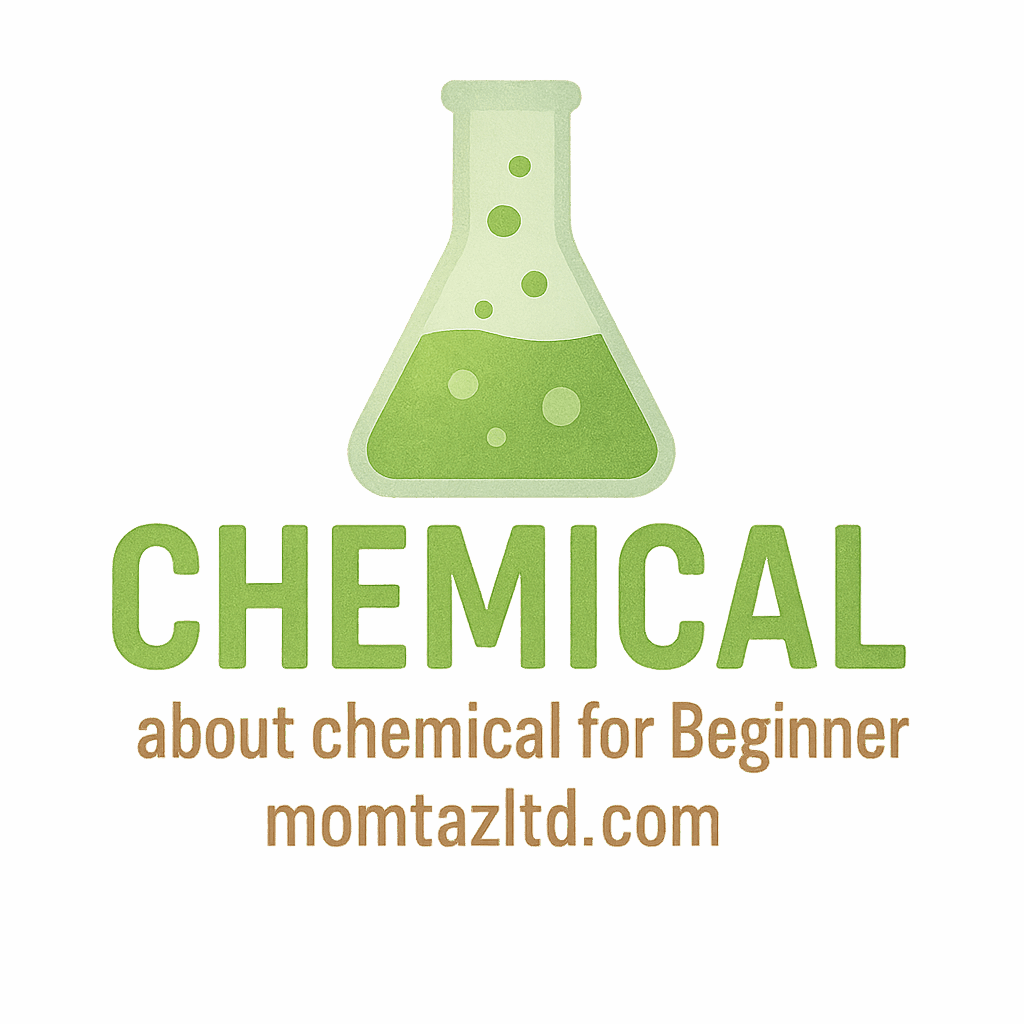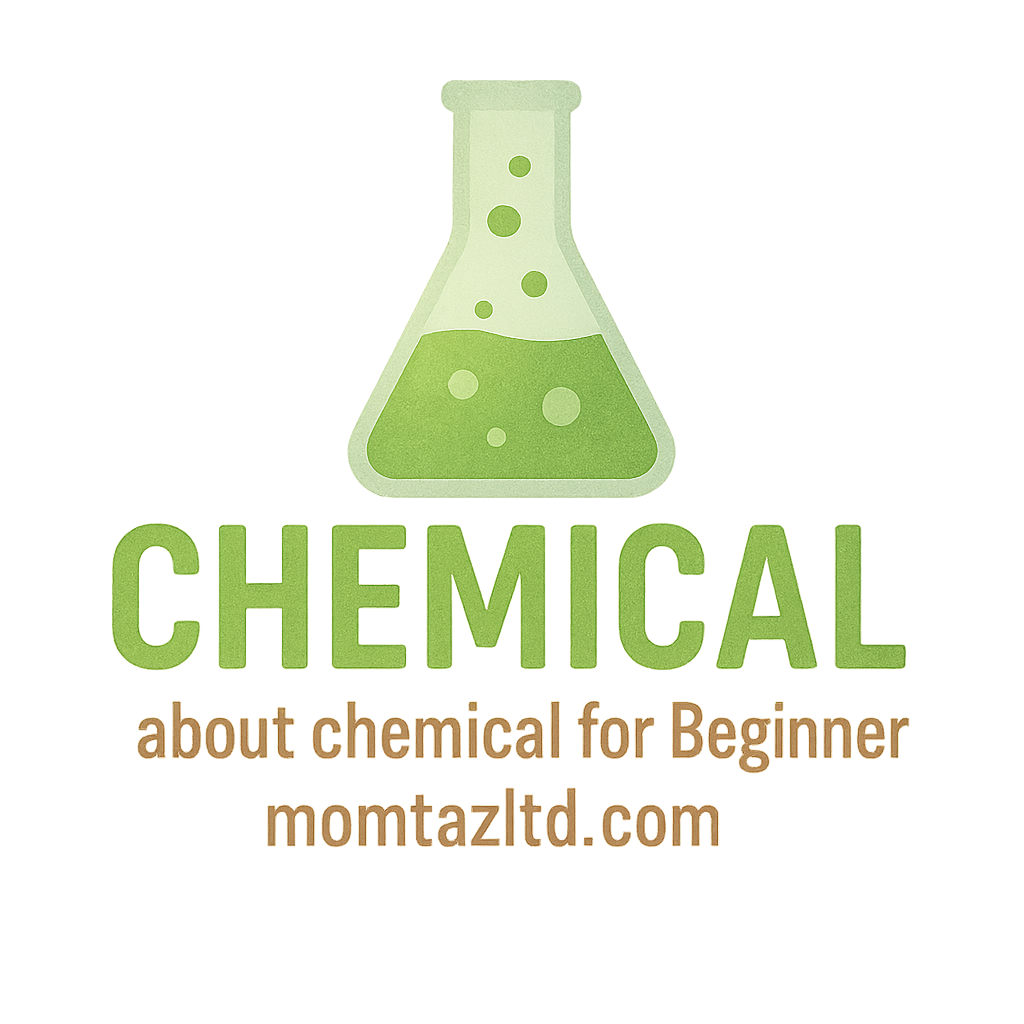Introduction to Chemical Reactions
Chemical reactions are part of our daily life, yet we often overlook their complexity. From the food we cook to the fuel that powers our cars, chemical reactions are everywhere. But what exactly is a chemical reaction, and why should we care?
What Are Chemical Reactions?
At the simplest level, a chemical reaction is a process in which substances (reactants) are transformed into new substances (products) with different properties. These reactions often involve the breaking and forming of chemical bonds. In essence, a chemical reaction occurs whenever matter changes in a way that alters its chemical composition.
Why Chemical Reactions Matter in Everyday Life
Chemical reactions play a crucial role in industries like manufacturing, pharmaceuticals, and energy. They are also at the heart of biological processes. For example, without the chemical reactions occurring in our bodies, we wouldn’t be able to digest food, breathe, or even move!
In this article, we will dive into seven common chemical reactions, explaining them in simple terms and showing their real-world applications.
1. Combustion Reactions
Definition and Characteristics of Combustion
Combustion is a chemical reaction in which a substance (usually a fuel) reacts with oxygen, releasing energy in the form of heat and light. The most familiar example of combustion is fire.
Examples of Combustion Reactions in Daily Life
- Burning wood in a fireplace: The wood reacts with oxygen in the air, producing carbon dioxide, water vapor, and heat.
- Car engines: Gasoline in a car engine combusts with oxygen to power the vehicle.
How Combustion Reactions Affect the Environment
While combustion reactions are essential for energy production, they also release carbon dioxide into the atmosphere, contributing to climate change. This is why finding cleaner energy sources is so important.
For more information about chemical reactions and their environmental impact, check out Momtaz Ltd: Chemical Basics.
2. Synthesis Reactions
What Are Synthesis Reactions?
Synthesis reactions occur when two or more substances combine to form a more complex product. It’s like when you mix ingredients to make a cake – the ingredients combine to form something entirely new!
Everyday Examples of Synthesis Reactions
- Making water: Hydrogen and oxygen combine to form water (2H₂ + O₂ → 2H₂O).
- Photosynthesis: Plants use sunlight to combine carbon dioxide and water into glucose and oxygen.
Real-Life Applications of Synthesis Reactions
Synthesis reactions are fundamental in industries like medicine, where they help create complex chemicals and pharmaceuticals. They are also involved in manufacturing materials like plastics.
3. Decomposition Reactions
The Basics of Decomposition Reactions
Decomposition reactions are the opposite of synthesis reactions. In a decomposition reaction, a compound breaks down into simpler substances. It’s like breaking down a big jigsaw puzzle into its individual pieces.
Common Examples of Decomposition Reactions
- The breakdown of hydrogen peroxide: Hydrogen peroxide decomposes into water and oxygen (2H₂O₂ → 2H₂O + O₂).
- Decay of organic matter: The breakdown of dead plants and animals is a natural decomposition reaction.
How Decomposition Reactions Help in Waste Management
Decomposition reactions are vital in the recycling of organic materials. They break down waste into simpler compounds, which can be used as fertilizers or other products.

4. Single Replacement Reactions
What Happens in a Single Replacement Reaction?
In a single replacement reaction, one element replaces another in a compound. This type of reaction is like a game of musical chairs – one player leaves, and another takes their place.
Examples of Single Replacement Reactions in Nature
- Zinc and copper sulfate: When zinc is placed in copper sulfate, zinc displaces copper to form zinc sulfate and copper metal.
- The reaction of magnesium and hydrochloric acid: Magnesium reacts with hydrochloric acid to produce magnesium chloride and hydrogen gas.
Industrial Uses of Single Replacement Reactions
Single replacement reactions are used in metal extraction, such as the displacement of copper from copper ores by using more reactive metals.
5. Double Replacement Reactions
Understanding Double Replacement Reactions
Double replacement reactions involve two compounds exchanging components to form two new compounds. It’s like a dance where partners switch places!
Common Examples of Double Replacement Reactions
- Formation of a precipitate: When barium chloride reacts with sodium sulfate, barium sulfate forms as a precipitate.
- Neutralization: When an acid reacts with a base, they exchange ions to form water and a salt.
Why Double Replacement Reactions Are Important in Chemistry
Double replacement reactions are crucial in processes like water purification and acid-base neutralization.
For more details, check out Chemical Safety and Practices.
6. Acid-Base Reactions
What Are Acid-Base Reactions?
Acid-base reactions occur when an acid reacts with a base to form water and a salt. Think of it like a balancing act between two opposites – when they come together, they neutralize each other.
Real-Life Acid-Base Reactions
- Antacid tablets neutralizing stomach acid: The base in the tablet neutralizes the acid, relieving heartburn.
- Vinegar and baking soda reaction: This is a fun and famous acid-base reaction that produces carbon dioxide gas, which creates bubbles.
How Acid-Base Reactions Are Used in Industry
Acid-base reactions are used in many industries, including pharmaceuticals, food production, and cleaning products.
7. Redox Reactions
What Are Redox Reactions?
Redox (reduction-oxidation) reactions involve the transfer of electrons between two substances. One substance gets oxidized (loses electrons), while the other gets reduced (gains electrons).
How Redox Reactions Occur in Everyday Life
- Rusting of iron: Iron loses electrons and reacts with oxygen to form rust (iron oxide).
- Photosynthesis: In photosynthesis, plants undergo a redox reaction to convert sunlight into energy.
Redox Reactions in Energy Production
Redox reactions are central to energy production, especially in batteries and fuel cells, where the transfer of electrons generates electrical energy.
Conclusion
Understanding these seven common chemical reactions is not only fun but incredibly important. Whether you’re cooking in your kitchen or understanding complex industrial processes, chemical reactions are at the heart of everything. They shape the world around us and are essential for life as we know it.
For more in-depth information on chemical reactions, be sure to explore resources like Momtaz Ltd: Chemical Careers and Laboratory Chemicals.
FAQs
- What is the difference between a chemical reaction and a physical change?
- A chemical reaction results in the formation of new substances, while a physical change does not.
- What are the signs that a chemical reaction has occurred?
- Changes in color, temperature, gas production, or the formation of a precipitate indicate a chemical reaction.
- Why are synthesis reactions important in nature?
- Synthesis reactions are essential for the formation of complex molecules like proteins and DNA in living organisms.
- How do redox reactions relate to energy production?
- Redox reactions are crucial in batteries, where electron transfer generates electrical energy.
- What is an example of an everyday combustion reaction?
- Lighting a match or starting a car engine are common examples of combustion reactions.
- Can decomposition reactions be used in recycling?
- Yes, decomposition reactions help break down organic materials, making them easier to recycle.
- What industries rely on acid-base reactions?
- Industries like pharmaceuticals, cleaning products, and food production rely heavily on acid-base reactions for their processes.


